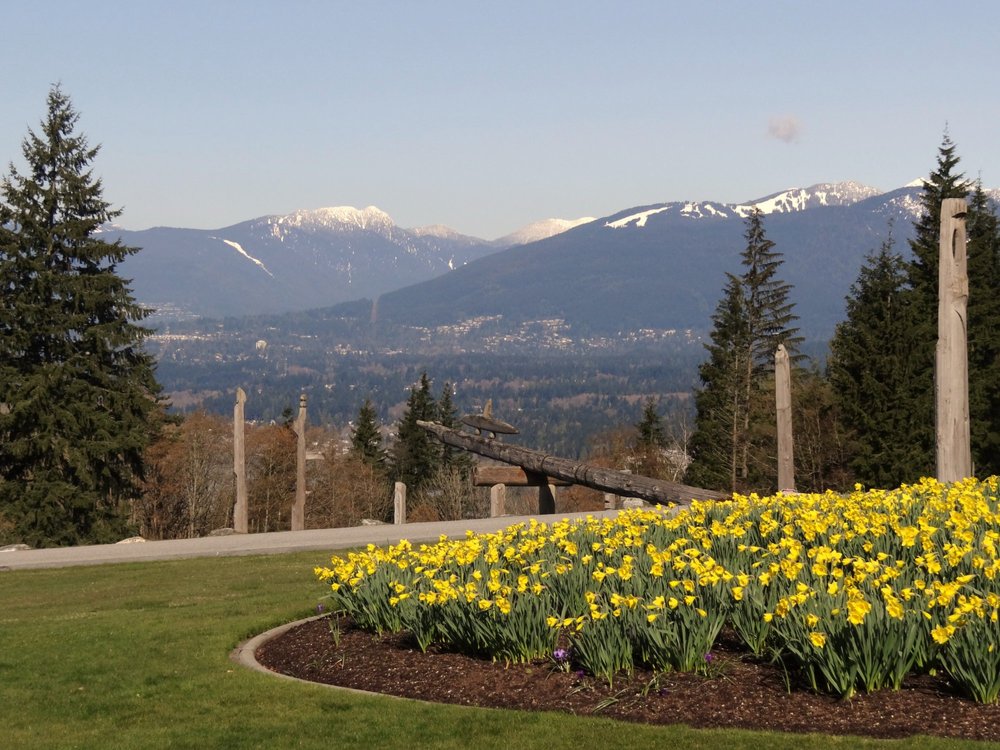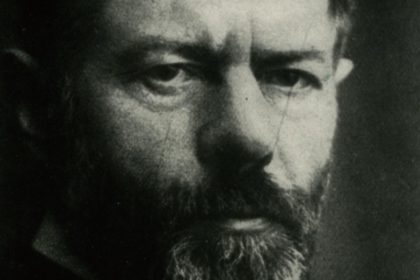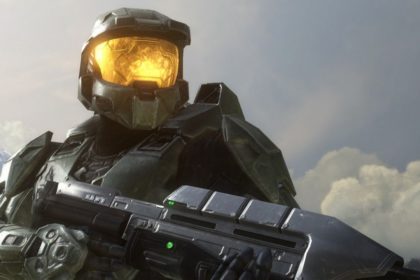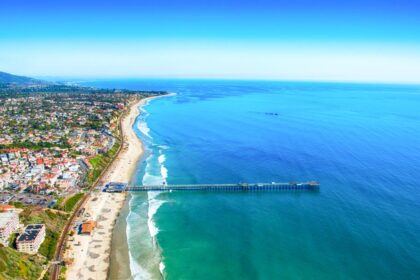Burnaby is a city in British Columbia, Canada, part of Metro Vancouver and immediately to the east of the City of Vancouver. It is the third-largest city in British Columbia by population, following Vancouver and nearby Surrey. Burnaby was incorporated in 1892 and achieved its city status in 1992, 100 years after incorporation. It is the seat of Metro Vancouver’s regional government. Take a look below for our list of 30 fun and awesome facts about Burnaby, British Columbia, Canada.
1. The main campuses of Simon Fraser University and the British Columbia Institute of Technology are located in Burnaby.
2. It is home to high-tech companies such as Ballard Power (fuel cell), Clio (legal software), D-Wave (quantum computing), General Fusion (fusion power), Electronic Arts Vancouver, and Capcom Canada.
3. Burnaby’s Metropolis at Metrotown is the largest mall in British Columbia, and fifth largest in Canada.
4. The city is served by the Expo Line and the Millennium Line. Metrotown station in downtown Metrotown is the second-busiest station in regional Vancouver’s Skytrain system as of 2018.
5. Burnaby is the original home to Halkomelem and Squamish-speaking Central Coast Salish Nations.
6. Local landmarks such as Burnaby Mountain, Deer Lake, and Brunette River feature prominently in Indigenous history passed down through oral traditions.
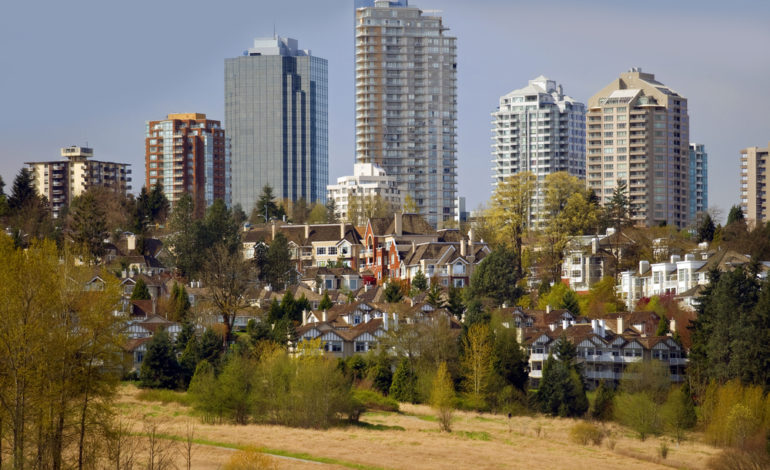
7. The northern shorelines of Burnaby, along the second narrows of Burrard Inlet was site of an ancient battle between the attacking Lekwiltok and the defending Musquem according to Chief Charlie Qiyəplenəxw.
8. The Coast Salish people living in BC and Washington state numbered more than 100,000 people, a level of population density only supported by agriculture in other geographies.
9. Techniques to preserve and store surplus food sustained a hierarchical society.
10. Burnaby’s marshlands along its rivers and lakes were cranberry harvesting areas for numerous villages some numbering over 1000 residents.
11. Indigenous people travelled through Burnaby to reach the mouth of Brunette and Fraser River for the bountiful fishing seasons, eulachon in the spring and sockeye salmon in the late summer.
12. Early explorers and fur traders introduced diseases that decimated the Indigenous population.
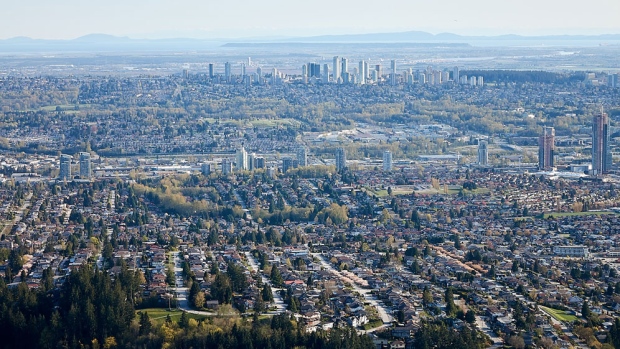
13. This false appearance of Burnaby as a vast open space, along with traditional Indigenous farming techniques which did not permanently alter the landscape, meant Indigenous land in Burnaby was mislabeled as Terra Nullius.
14. The Fraser Canyon Gold Rush of 1858, the first of many gold rushes in British Columbia, brought over 30,000 fortune seekers including many American miners. The fear of an impending annexation by the United States, led to the creation of the Colony of British Columbia in 1858 and the establishment of New Westminster as its capital.
15. Settlers in Burnaby acquired land through a process called pre-emption which allowed people to claim a piece of land by clearing forests and building houses. Pre-emption was excluded from Indigenous people.
16. Royal Engineers dispossessed land from Indigenous people with the assistance of military force including the original routes of North Road, Kingsway, Canada Way, and Marine Drive. Logging permits given to settlers destroyed the forests of southern Burnaby which had provided vital sustenance for Indigenous people.
17. The City of Burnaby is named after Robert Burnaby, Freemason, explorer, and legislator. He was previously private secretary to Colonel Richard Moody, the first land commissioner for the Colony of British of Columbia.
18. In 1859, Burnaby surveyed a freshwater lake in the city’s geographic centre. Moody named it Burnaby Lake.
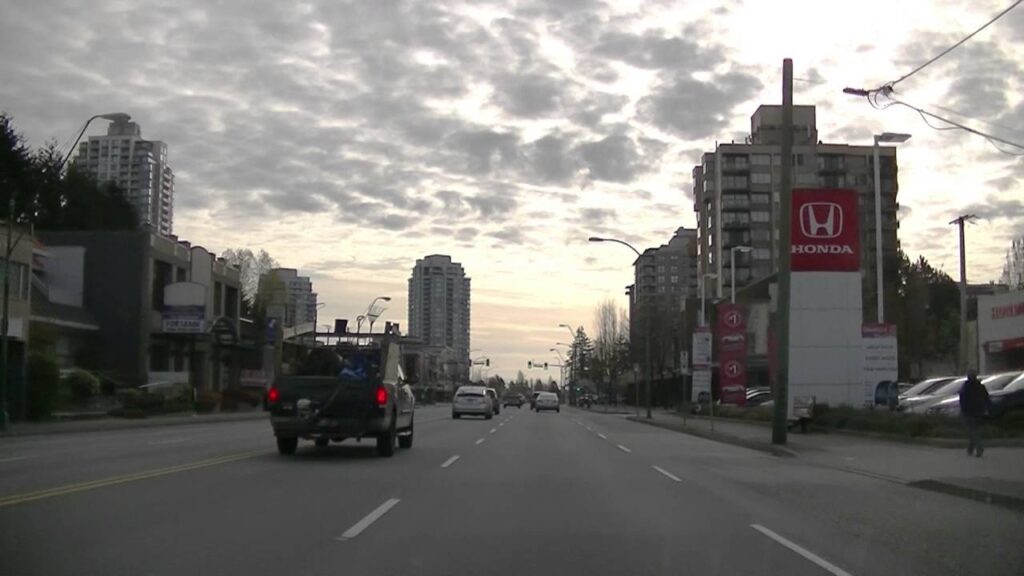
19. Burnaby was established in 1891 and incorporated a year later in 1892. In the same year, the interurban tram between Vancouver and New Westminster began construction.
20. Burnaby occupies 98.60 square kilometres (38.07 sq mi) and is located at the geographic centre of the Metro Vancouver area and home to the Metro Vancouver regional government in Metrotown.
21. Situated between the city of Vancouver on the west and Port Moody, Coquitlam, and New Westminster on the east, Burnaby is bounded by Burrard Inlet and the Fraser River on the north and south, respectively. Burnaby, Vancouver and New Westminster collectively occupy the major portion of the Burrard Peninsula.
22. Burnaby is home to many industrial and commercial firms. British Columbia’s largest (and Canada’s second largest) commercial mall, the Metropolis at Metrotown, is located in Burnaby.
23. Major parklands and waterways in Burnaby include Central Park, Robert Burnaby Park, Kensington Park, Burnaby Mountain, Still Creek, the Brunette River, Burnaby Lake, Deer Lake, and Squint Lake.
24. Burnaby’s Simon Fraser University weather station is located 365 metres (1,198 ft) above sea level on Burnaby Mountain. Therefore, climate records are cooler and wetter, with more snowfall, as compared to the rest of the city.
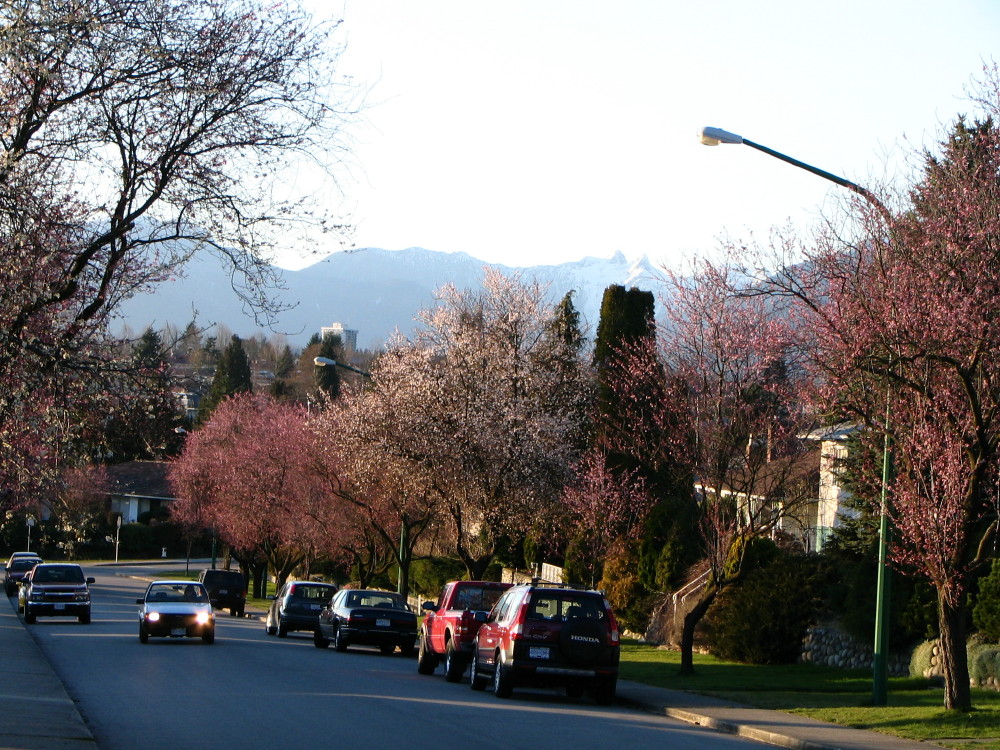
25. The SkyTrain rapid transit system, based in Burnaby, crosses the city from east to west in two places: the Expo Line (completed in 1986) crosses the south along Kingsway and the Millennium Line (completed in 2002) follows Lougheed Highway.
26. The 2016 census found that English was spoken as the mother tongue of 41.33 percent of the population. The three next most common languages were Mandarin (14.53 percent), Cantonese (12.32 percent) and Tagalog (3.35 percent).
27. Burnaby is home to multiple museums highlighting the diverse history and culture of the city. Burnaby Village Museum is a 10-acre, open-air museum preserving a 1920s Canadian village. The Nikkei National Museum & Cultural Centre which includes a Japanese garden opened in 2000 to promote awareness and understanding of Japanese Canadian culture. The Museum of Archaeology and Ethnology is located within the Simon Fraser University campus at the top of Burnaby Mountain.
28. Burnaby Public Library was first established in 1954. It currently has 4 locations throughout the city including the central Bobbie Prittie Metrotown branch in downtown Burnaby. The library system holds over 3 million items in circulation, with more than 5,000 visitors per day.
29. Many cultural facilities are located in or around Deer Lake Park, including the Burnaby Art Gallery, Shadbolt Centre for the Arts, and the Burnaby Village Museum.
30. Michael J. Fox Theatre, a community theatre that seats 613, with 11 wheelchair spaces, is situated within Burnaby South Secondary School.

